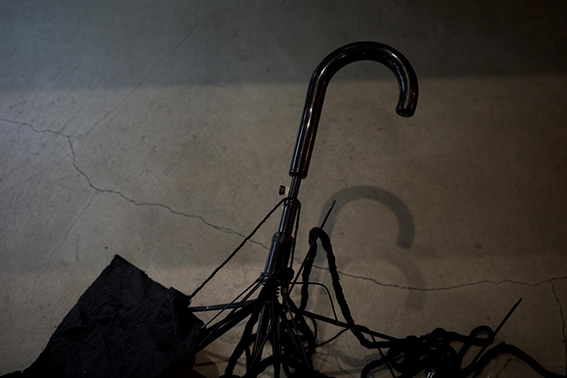

Seitaro Yamazaki Newsletter July 17 2025
Hello everyone,
This is Seitaro Yamazaki.
Let me start by asking—were you the type of kid who tackled your summer homework early, or waited until the very last minute? I’m embarrassed to admit I’ve always been the latter. Even now, with my solo exhibition in Shanghai just around the corner, the entire studio is in a state of chaos.
I always tell myself I should start earlier, but somehow it never happens. This time, we’re taking on an especially ambitious project: exhibiting mostly new works in a space just under 150 square meters.
At the entrance of the venue, we’re installing a large-scale site-specific installation—6.5 meters wide and 8.55 meters deep. There are 20 broken vinyl umbrellas, Japanese washi paper, black string, and gold sculptures from my 8 million traces series.
It might be hard to picture how these elements will come together, so I’ve included a few work-in-progress images to give you a glimpse.
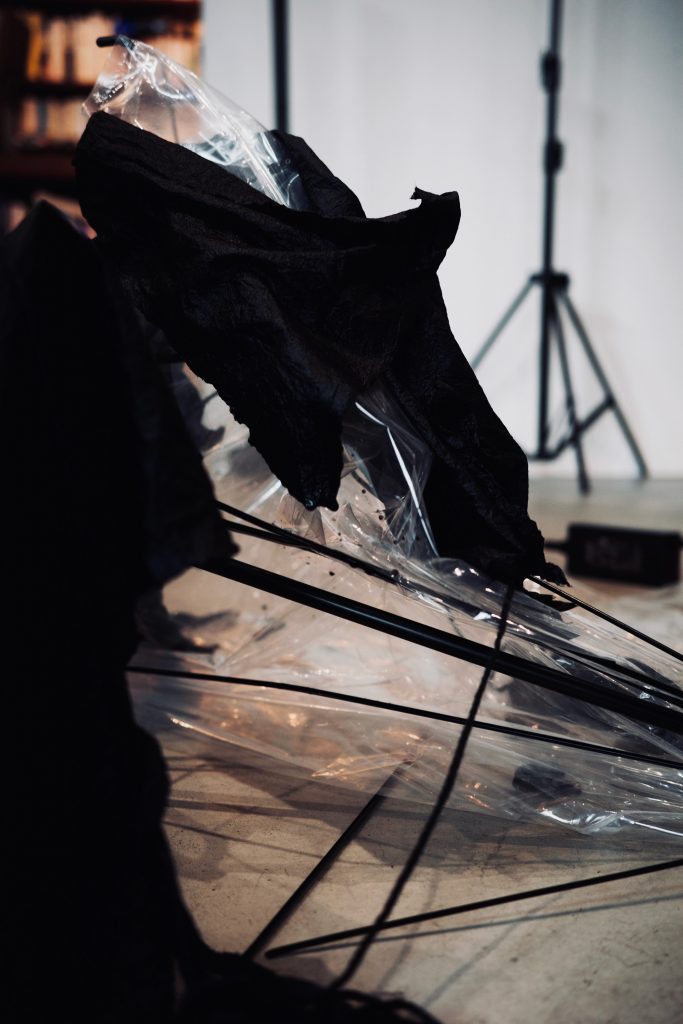
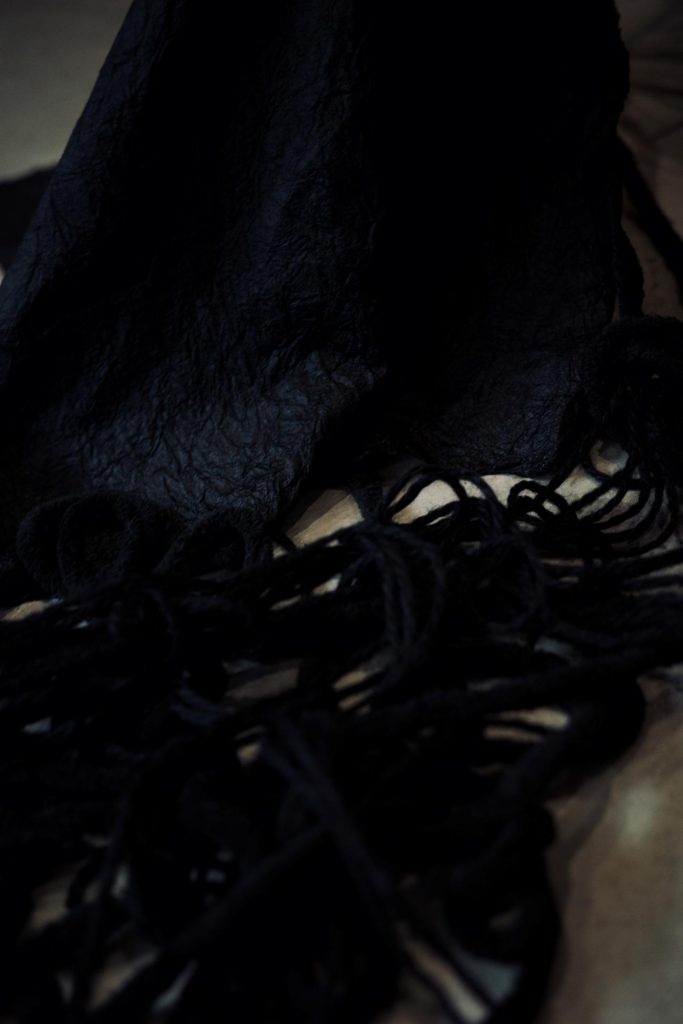
Vinyl umbrellas are often described as a uniquely Asian cultural item, and while they’re a common sight in Japan, I’ve never been comfortable with how they’re used. So, I’ve long wanted to turn them into an artwork.
For those reading this from abroad (and that’s over half of you), here’s some context: Japan is a very rainy country, so umbrellas are a daily necessity. Cheap umbrellas made from PVC, POE, or EVA sheets are sold everywhere—these are what we call “vinyl umbrellas.” Slightly pricier versions use polyester fabric, and high-end ones use nylon. But vinyl umbrellas are flimsy. During Japan’s typhoon season, they often break instantly in the strong wind and rain.
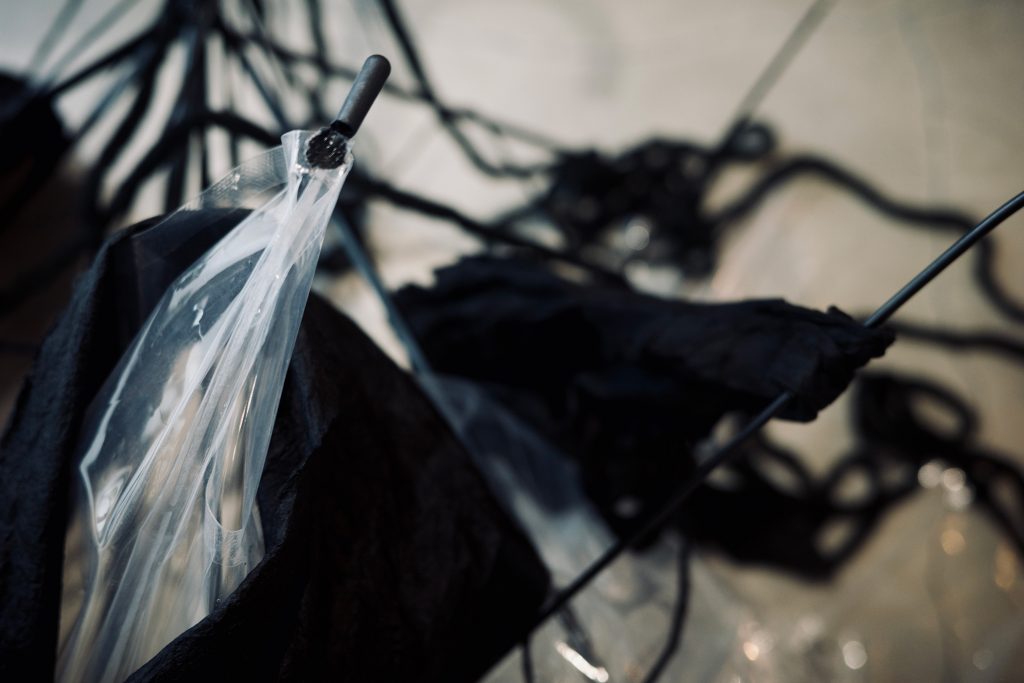
And that’s what bothers me most. Because they’re so cheap, many people simply throw them away when they break—often right there on the street. Vinyl umbrellas are made from a mix of metal and plastic, making them difficult to recycle. Shockingly, 65 million of them are discarded in Japan each year.
The day after a typhoon, broken umbrellas are scattered across the city like discarded bodies. It reminds me of streetwalkers who’ve had no choice but to sell themselves for a small sum—used for fleeting desire, then forgotten. And above them, the sky clears into a vivid, almost mocking blue.
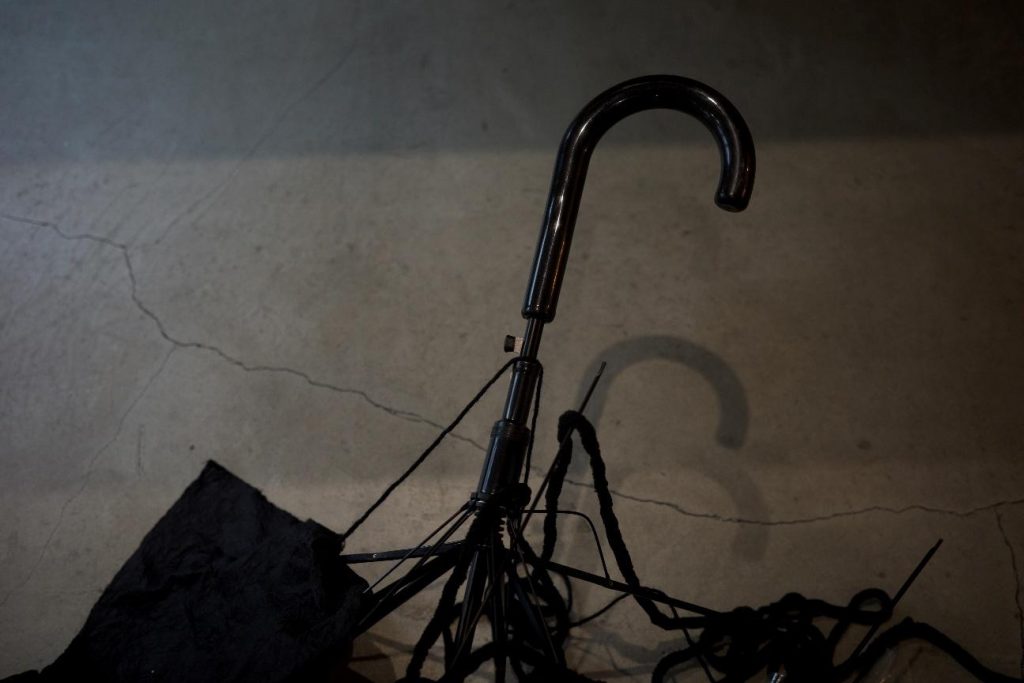
That image always leaves me with a deep sense of sadness. The umbrellas themselves aren’t to blame. It’s a problem rooted in how we produce, distribute, consume, and discard things. I can’t help but wish we had better systems of sustainability.
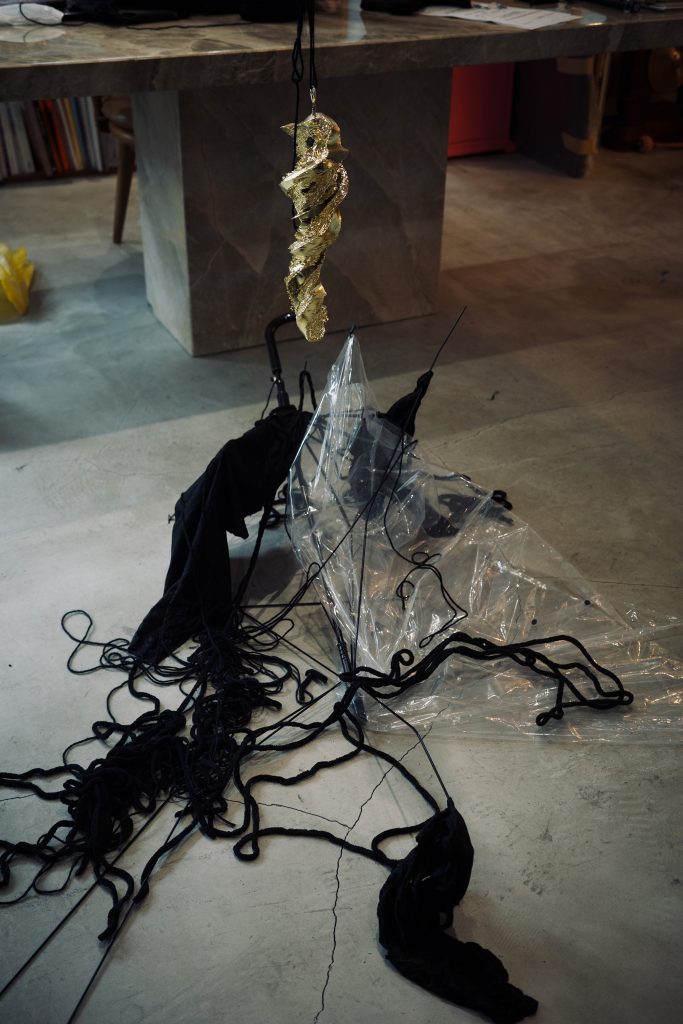
In this work, I’ll arrange the 20 broken umbrellas intertwined with black washi and string. Hanging above each one will be a gold sculpture representing a sonograph—a visual form of the sound made when raindrops strike a broken umbrella. The black washi symbolizes the inner heart of each umbrella, anthropomorphized; the black string references the rain often depicted in Hiroshige’s ukiyo-e prints.
Since my studio isn’t large enough to install the whole piece in advance, I won’t know exactly how it will look until I assemble it onsite. But among all the site-specific works I’ve done, this will be one of the largest—and I’m genuinely excited to see how it comes together.
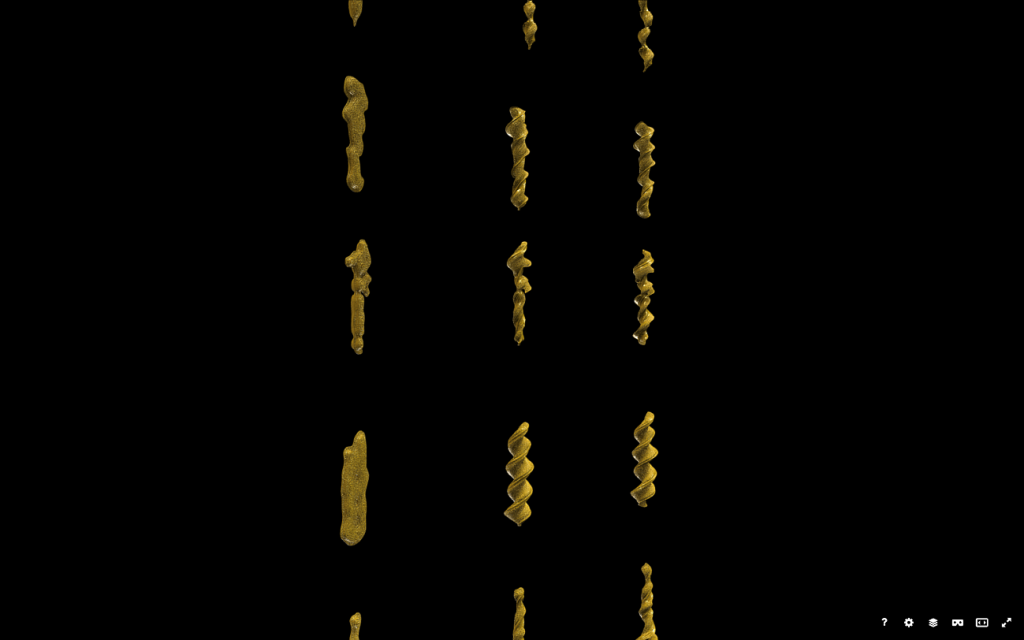
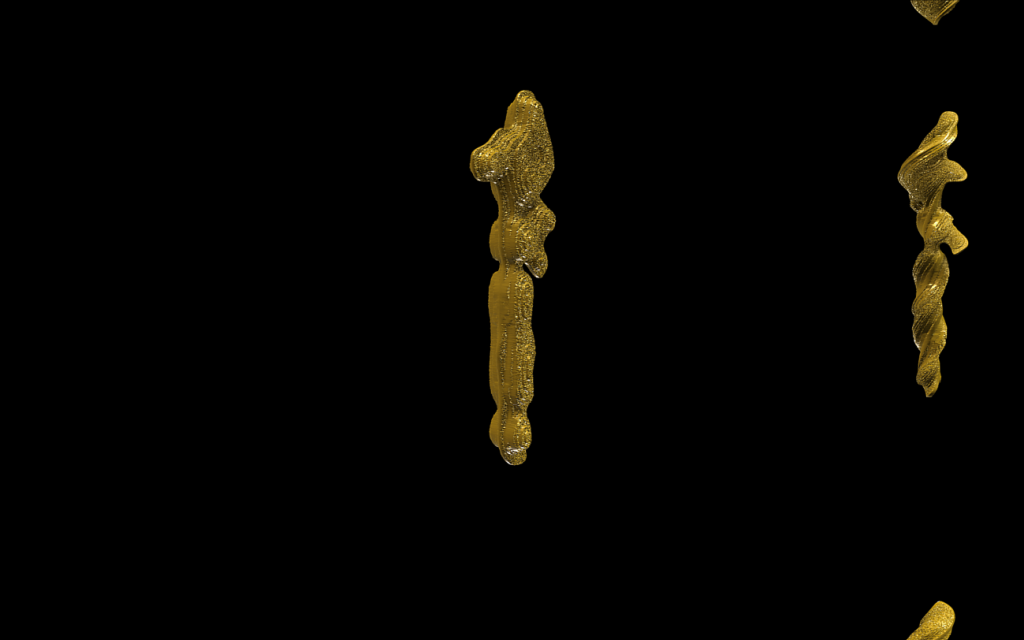
I’m also preparing an entirely new mixed media series, which gives the exhibition its title: Still Voice.
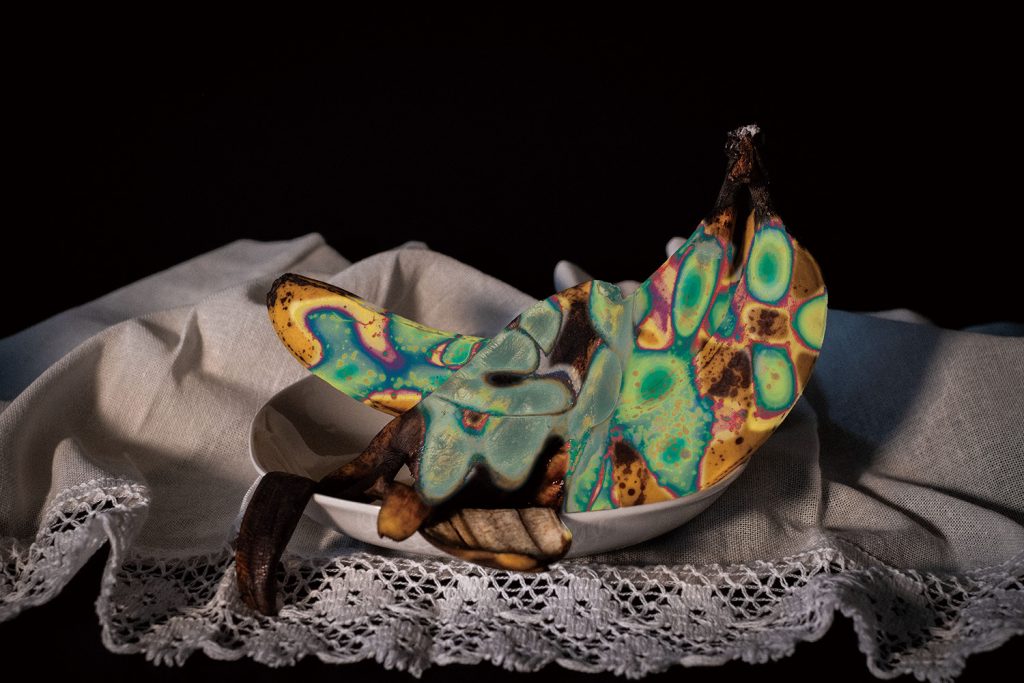
Some of you may think of still life painting, especially bodegón from the Spanish Baroque tradition. In 16th–17th century Flanders (modern-day Netherlands and Belgium), vanitas still lifes were all the rage—paintings filled with symbolic reminders of mortality. Spain, closely tied to Flanders, developed its own style called bodegón, featuring realistic renderings of fruit, cookware, and everyday items. Unlike vanitas, bodegón had little religious meaning and focused more on how realistically one could depict a tabletop.
My Still Voice series has no religious connotations either. Instead, I’m exploring the moment when an object’s meaning transforms—when it stops being just a “thing” and becomes “food.”
That shift may sound abstract, but it stems from the idea that once a person chooses to eat something and acts upon it, the object gains relational meaning. This touches on Heidegger’s concept of “readiness-to-hand.”
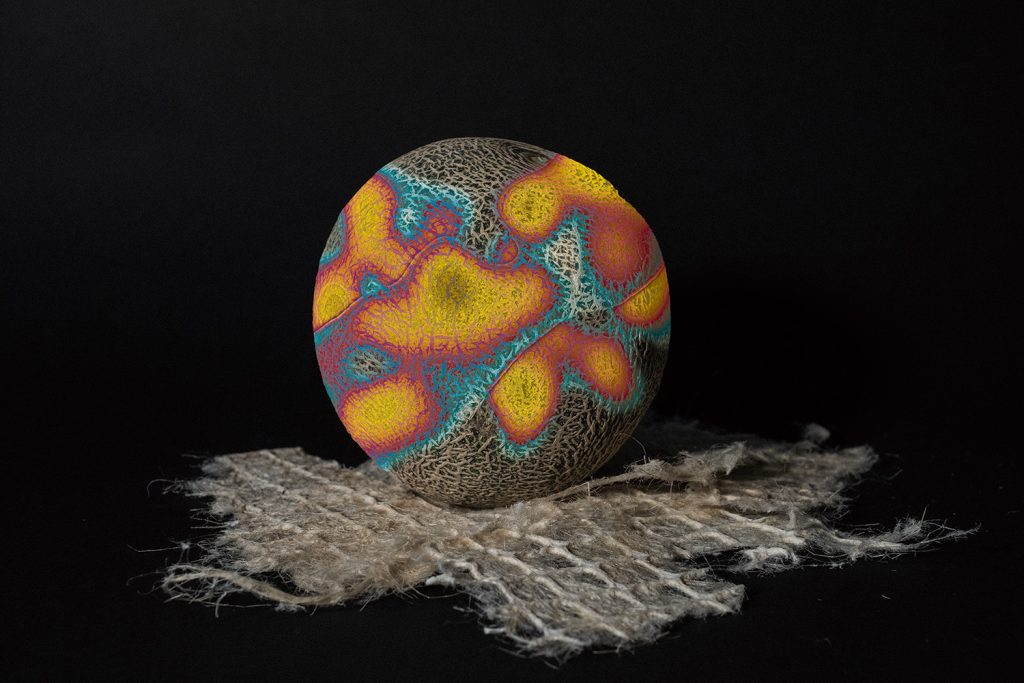
In the series, each fruit is paired with a visual sonograph representing the sound of it being cut or peeled. These images aren’t simply printed; they’re made using a technique I developed with Taiyo Printing, a company I’ve worked with for over 20 years. Rather than allowing UV ink to cure and fix on the surface as usual, this method—what we call Dripped Print (DP)—prevents the ink from settling, letting it flow naturally, influenced by its own weight. It echoes the dripping method used in painting.
Still-life paintings depict motionless objects. But in Still Voice, motion is layered over the stillness—through sound, and through pigments pulled downward by gravity. This creates a multilayered visual experience where no one layer dominates or can be fully comprehended.
Ultimately, this is an invitation not only to look at the stillness of objects, but to perceive the passage of time that surrounds them.
Lastly, I’m happy to announce that the second MARGINAL ART FAIR Fukushima Hirono will be held on December 6–7, 2025. This time, the main venue will be Hirono Town Central Gymnasium—a spacious 1,550 sqm facility just a 10-minute walk from Hirono Station.
Due to renovation work starting this fall at our previous venue, Futatsunuma Park’s guesthouse, we’ve moved the main venue for this edition.
We’re already receiving warm messages of support from local partners in Hirono and artists who participated last time. It’s reaffirming how important human connection truly is.
Of course, we’re preparing an international open call again, and a few other related projects are also in the works. I look forward to sharing more updates soon.
To all artists—hope to see you again in Hirono.
Warm regards,
Seitaro Yamazaki
LETTER FOR YOU
To receive news on upcoming exhibitions and artworks.
Please subscribe to our newsletter.